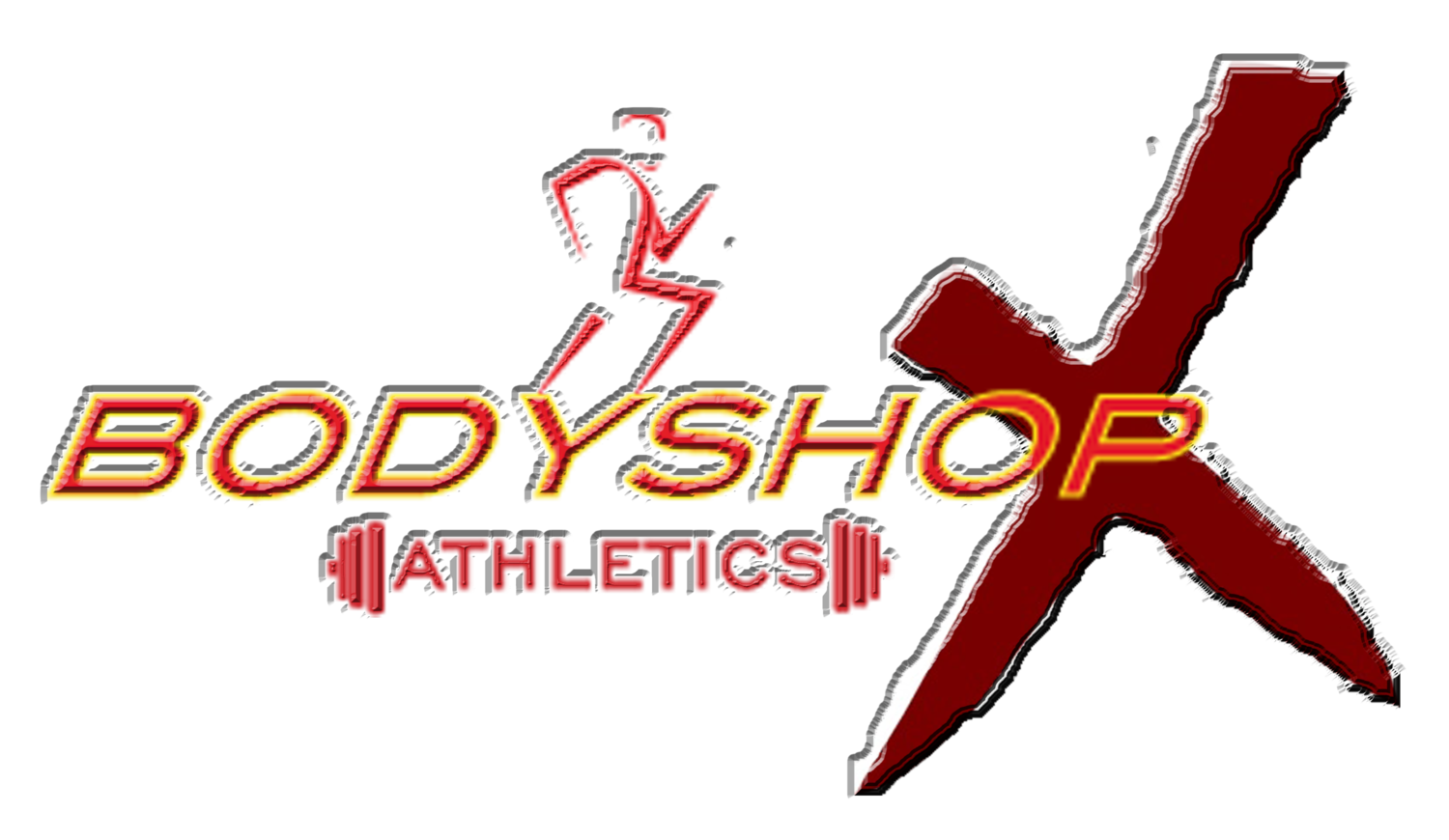A little bit of competition can be fun. Sport isn’t just for the kids. However, if you’re an adult competitor there are a few more aspects of life you have to consider.
First, let’s define the adult competitor. The adult competitor competes in an event that does not produce their primary source of income. This is a broad definition, but the one binding thing about this definition is the fact that each athlete will have to deal with life before sport i.e. world, family, finances. Etc.
While there are varying degrees of competition ranging from weekend warrior to nationally competitive and semi pro athletes, I will contend that each level should maintain a training program outside of the primary sport. This should include forms of strength training, mobility, cardiovascular, and recovery work. Here are a few things to consider:
FREQUENCY OF COMPETITIONS
For many adult athletes, there is no regular practice schedule, so competition day is the only movement they get. Movement patterns in competitive sports can be performed at intense levels, but are often repetitive. Repetitive movement patterns without consideration for opposing patterns can lead to imbalances and injury. Training programs should include a goal of balancing the body and improving the body’s structural integrity that allows the body to perform and decrease chances of injury.
INTENSITY OF COMPETITIONS
With most adult leagues, there are divisions that help regulate playing intensity. Depending on your level of intensity, the body as to be able to handle the effort, impact, and/or force put on the body by the demands of the sport. Training programs should match the intensity of the level of play.
WORK & SOCIAL SCHEDULE
The most common factor among non-professional adult competitors is the fact that all of them survive by something other than their competitive sport. With that being said, each athlete has to create a system to prioritize the important factors of life. If a project is due at work, sport takes the backseat. If a family function arises, sport takes the backseat. Programming should be time efficient and consider work and social schedules.
AGE & RELATIVE ABILITY
The body changes and responds differently as we get older. While a specific age doesn’t set the bar for changes across all athletes, all athletes have to consider the changes to strength, ability, and recovery as they mature. Train programs should take into account the athletes age and current ability level.


